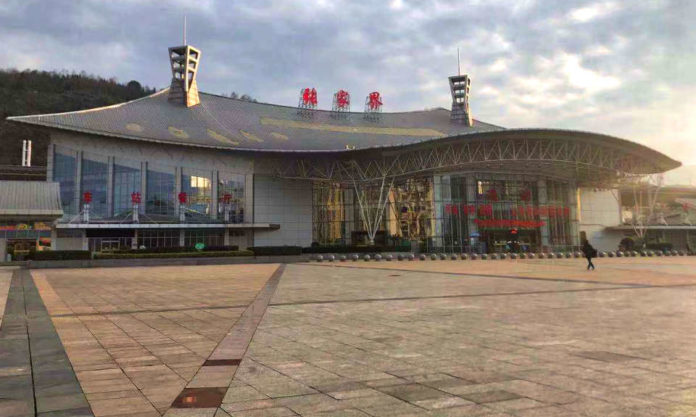With a semblance of acceptance settling on Nanjing, it’s worth considering our compatriots elsewhere. After all, half of China’s population does not live in such a major urban centre. They live in places such as Zhangjiajie, also known as Avatar Mountain.
Like Nanjing, Zhangjiajie is about 500 km from Wuhan, in the province of Hunan that is located adjacent to the coronavirus epicentre of Hubei. Respectively, the provinces lie south and north of Dongting Lake (洞庭湖), hence their names. The lake is a flood basin of the Yangtze River and is credited as the origin of dragon boat racing. During the flood season, the lake’s size may increase seven fold.
The lake and the nearby quartzite cliffs serve as a barrier between Zhangjiajie and 19-nCoV. The cliffs were also the inspiration for the Hallelujah Mountains in the 2009 mega-hit movie, Avatar.
- Air China Props up International Flights amid Plunging Demand
- How to Tackle Fear & Anxiety brought on by the Coronavirus
- Expat “Stop the Coronavirus” Art Competition Launched
It’s some of the most stunning scenery on the planet and one of the best times to visit Zhangjiajie is spring. With fewer people, the forests are an eruption of green while white clouds form heaving seas.
This year, the visitors won’t be coming.
The Nanjinger’s Hunan correspondent, Yang Liu, reports, “As for impact on tourism, we don’t have any data yet but it will be major, as our economy relies solely on tourism. All attractions, hotels, restaurants are still closed with no opening date insight”.
In Nanjing, only one family member should supposedly leave their apartment every 2 days. In Zhangjiajie, however, people are encouraged to stay home but there is no restriction as to how often they may leave their house.

There are, however, plenty similarities as to the prevention measures in place in both Nanjing and Zhangjiajie. Good indications that the word from Beijing is for once being adhered to on a national level.
Just as in Nanjing, most residential compounds in Zhangjiajei have all but one entrance barricaded. People entering are required to have a temperature check.
On the highway, only vehicles with a local license plate are permitted to enter the city. Exits have checkpoints with police and local hospital staff to take temperature checks, together with the names and phone numbers of vehicle occupants. Vehicles from other cities were told to turn around and go back from where they came.
There has been some increase in connectivity, though. Yesterday, buses between cities started running again.
- Signs We are Winning the War as Nanjing Discharges 6 Patients
- International School Mum Organises Helicopter Airlift to Wuhan
- CCTV Creates “Living with the Coronavirus” Infographic
Yang went on, “My best friend works in a [car] dealership in Changsha; they are still closed with only two staff in store every day. My step mother works in banking; their branch is still closed with only an administration floor open”.
There are 243 peaks in the Zhangjiajie National Forest Park. 10 years ago, they were promoted as “The Avatar Mountains”. Tourists arrived in their masses. In 2018, 5.6 million tourists from 117 countries and regions flocked in, reported China Daily. Now the question is when will they return?
“I think it will take a lot more time for people to feel safe to travel again”, says Yang.
“Especially for tourism. Less work means less income, less income means less people will want to travel. It’s gonna be a rough time for us this year”.









